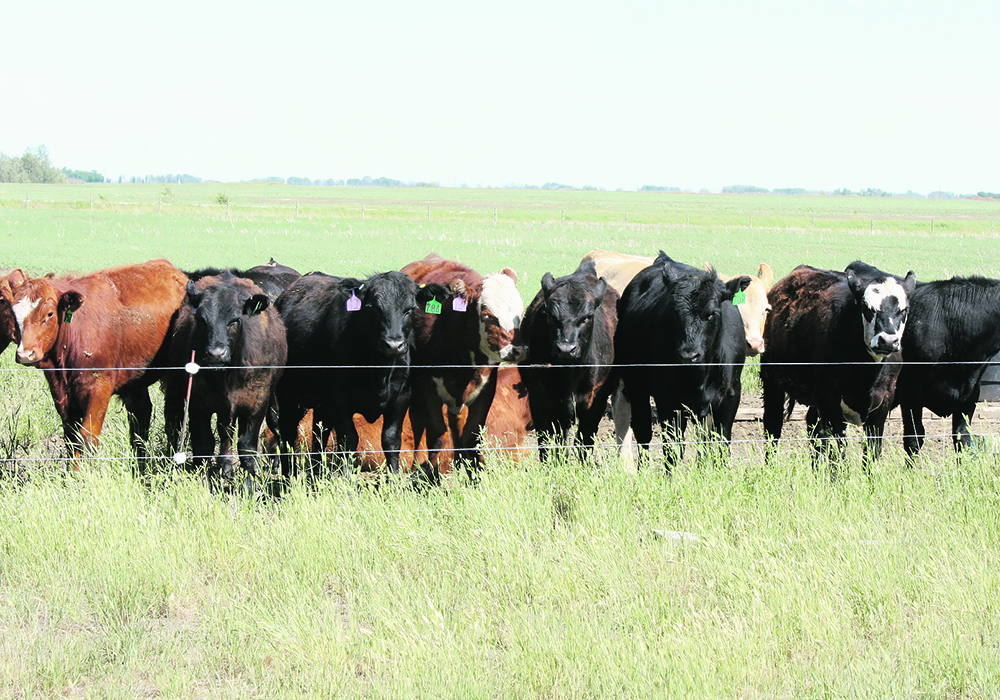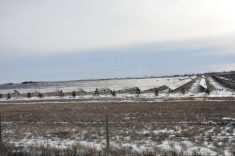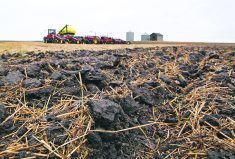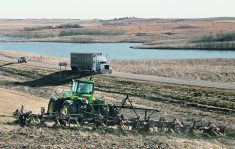Imagine a house is on fire, and someone is pouring gas on it. They then pour a little less gas and want credit for doing so, despite still feeding the fire. Perhaps they claim they are now “fire neutral.”
We’d rightly be skeptical of such claims. Yet that is more or less what some influential supporters of the livestock industry have done.
I’m referring to recent studies published in peer-reviewed livestock science journals that claim the meat and dairy industries are or can easily be “climate neutral.”
Read Also

Worrisome drop in grain prices
Prices had been softening for most of the previous month, but heading into the Labour Day long weekend, the price drops were startling.
For example, one study claims the U.S. dairy industry could reach climate neutrality by 2050 through reducing its annual methane emissions by just one to 1.5 percent. Another declares that some U.S. livestock sectors are “already part of a climate solution” and that the Californian dairy industry could “induce cooling” under annual methane reductions above one percent.
Several industry bodies have recently adopted and widely publicized goals based on these reports. The National Cattlemen’s Beef Association in the U.S. has stated its ambition to reach climate neutrality by 2040, while consumers in Australia are told that their lamb has a neutral or even negative climate footprint.
The claims are especially striking because methane is a potent greenhouse gas that accounts for 0.5 C of global warming so far, and we know that livestock production accounts for about one-third of human-caused emissions.
These claims deserve scrutiny. In a paper published in the journal Environmental Research Letters, my co-author Donal Murphy-Bokern and I argue that these claims represent a distorted understanding of the science. There’s a risk that they could be used for greenwashing and undermining confidence in this area of climate science.
We show how easily subtle shifts in definitions, and overlooking key facts, can distort understanding to the point where significant emitters of greenhouse gases are presented as “climate neutral.”
The term “climate neutral” was first coined by policy makers to refer to net-zero emissions of greenhouse gases. These gases were measured using a long-established scale that represents their warming effect over a 100-year period, expressed in CO2 equivalents. This is the so-called “global warming potential” or GWP100.
But GWP100 is imperfect. While most methane is in the atmosphere for only a couple of decades, carbon dioxide can linger for centuries. That’s why in 2018 some academics introduced a new metric called GWP* to better represent the warming impact over time.
The reports we examine have used GWP* to subtly shift the meaning of the term climate neutral from net-zero emissions to net-zero additional warming, where “additional” refers to warming on top of that already caused by the livestock sector, not warming compared to if the sector stopped entirely.
This means a historically high emitter such as the beef industry can get off easily.
Using GWP*, a livestock sector with high but declining methane emissions can claim to be climate neutral. This is referred to in some of these studies as a “cooling effect”, which is misleading since it’s not cooling the atmosphere, only warming it slightly less.
GWP* has merit when applied at the global level. However, even the scientists who developed it agree it shouldn’t be used to assess a particular region or sector such as livestock.
Our investigation shows how its use here could be used to support greenwashing. This risks undermining climate science by confusing businesses, consumers and policy makers.
Caspar Donnison teaches at the University of Southampton. This opinion article was distributed through The Conversation, via Reuters.



![Protesters crowd a street carrying signs that read, "Global warming real. In other news, water is wet," and "Stop denying the [blue painted pic of the Earth] is dying."](https://static.producer.com/wp-content/uploads/2025/07/29145152/158171_web1_2019-10-18T222818Z_1221762151_RC14C26A65A0_RTRMADP_3_CLIMATE-CHANGE-THUNBERG-1200-220x165.jpg)











